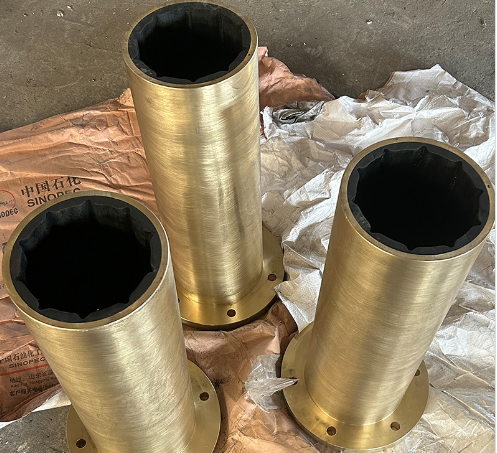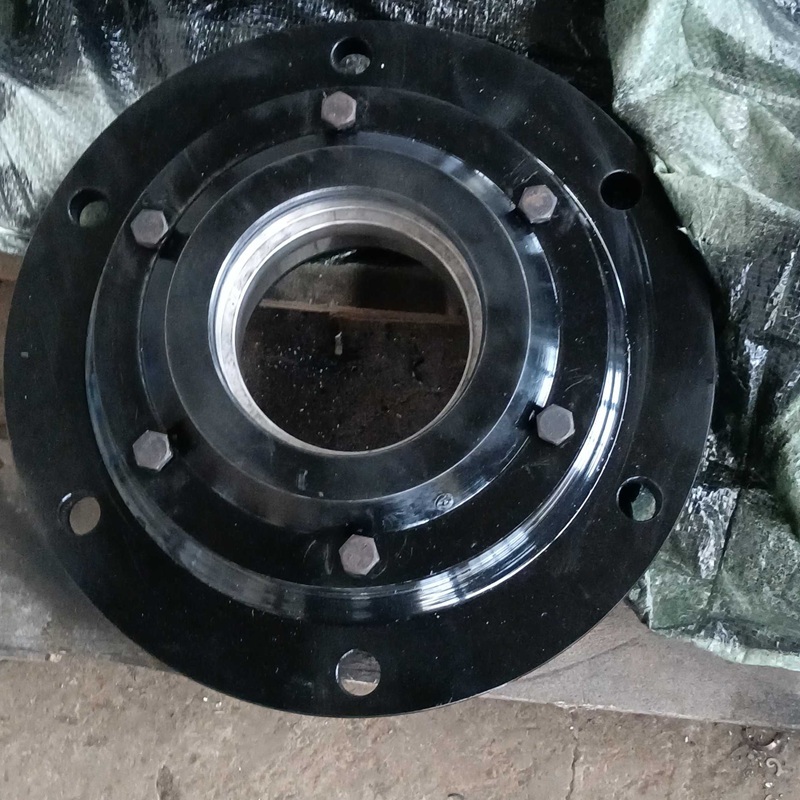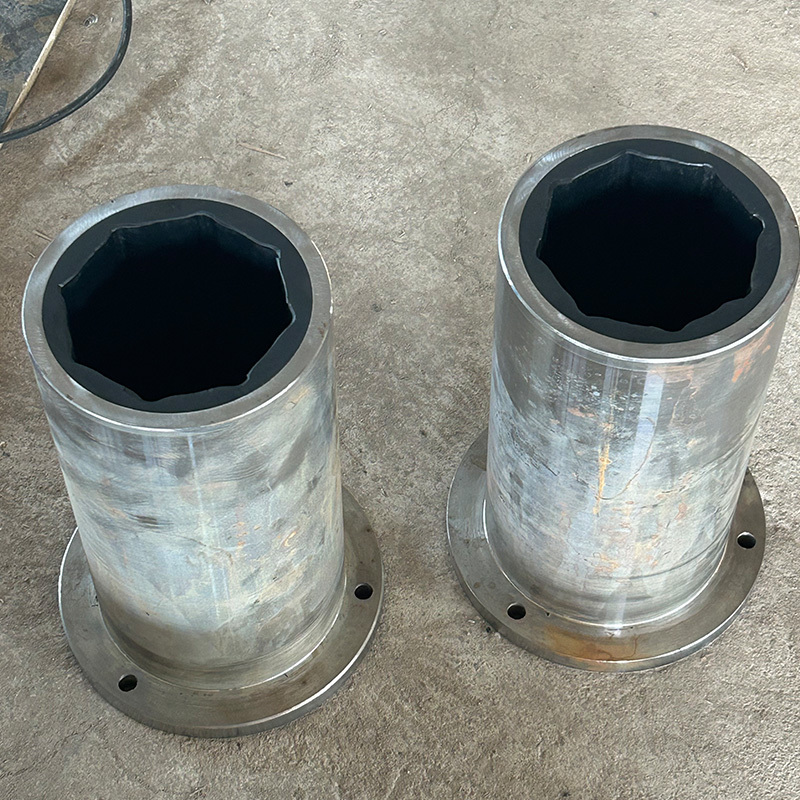Understanding the Importance of Propeller Shafts in Marine Transport
Release Time:
May 22,2025
--- In the maritime industry, the propeller shaft is a vital component that plays an essential role in the propulsion system of vessels. It serves as the connection between the engine and the propeller, transmitting power and torque to drive the propeller, which in turn propels the vessel through the water. Understanding the intricacies of propeller shafts can aid professionals in selecting the ri
---
In the maritime industry, the propeller shaft is a vital component that plays an essential role in the propulsion system of vessels. It serves as the connection between the engine and the propeller, transmitting power and torque to drive the propeller, which in turn propels the vessel through the water. Understanding the intricacies of propeller shafts can aid professionals in selecting the right components and maintaining optimal performance.
The design of propeller shafts involves several key considerations. Typically constructed from high-strength steel or other durable materials, propeller shafts must withstand significant stress and torsional loads. The shaft's diameter and length are determined based on the vessel's engine power and the specific marine application. Additionally, the shaft must be precisely aligned to minimize vibrations and ensure smooth operation, which is crucial for maintaining the vessel's structural integrity and performance.
One of the primary challenges in maintaining propeller shafts is the prevention of corrosion and wear caused by the marine environment. Regular inspection and maintenance are essential to extending the life of the shaft. Professionals often recommend using anti-corrosion coatings and ensuring proper lubrication to reduce friction and wear. Moreover, monitoring for signs of misalignment or vibration can help identify potential issues before they escalate into more significant problems.
The efficiency of a propeller shaft can significantly impact a vessel's overall performance. An optimized shaft can enhance fuel efficiency, reduce operational costs, and improve the vessel's speed and handling. Therefore, selecting the appropriate type of propeller shaft—considering factors like diameter, material, and design—can lead to substantial benefits.
Furthermore, advancements in technology have led to the development of more sophisticated propeller shaft systems, including those that integrate with electronic monitoring systems. These innovations allow for real-time monitoring of performance metrics, providing invaluable data for maintenance schedules and operational efficiency.
In summary, the propeller shaft is a fundamental component of marine propulsion systems that requires careful attention to design, maintenance, and operation. By understanding its role and implementing best practices, professionals in the maritime field can ensure the reliability, efficiency, and longevity of their vessels. Investing time and resources into the care of propeller shafts not only enhances vessel performance but also contributes to safer and more cost-effective marine operations.
In the maritime industry, the propeller shaft is a vital component that plays an essential role in the propulsion system of vessels. It serves as the connection between the engine and the propeller, transmitting power and torque to drive the propeller, which in turn propels the vessel through the water. Understanding the intricacies of propeller shafts can aid professionals in selecting the right components and maintaining optimal performance.
The design of propeller shafts involves several key considerations. Typically constructed from high-strength steel or other durable materials, propeller shafts must withstand significant stress and torsional loads. The shaft's diameter and length are determined based on the vessel's engine power and the specific marine application. Additionally, the shaft must be precisely aligned to minimize vibrations and ensure smooth operation, which is crucial for maintaining the vessel's structural integrity and performance.
One of the primary challenges in maintaining propeller shafts is the prevention of corrosion and wear caused by the marine environment. Regular inspection and maintenance are essential to extending the life of the shaft. Professionals often recommend using anti-corrosion coatings and ensuring proper lubrication to reduce friction and wear. Moreover, monitoring for signs of misalignment or vibration can help identify potential issues before they escalate into more significant problems.
The efficiency of a propeller shaft can significantly impact a vessel's overall performance. An optimized shaft can enhance fuel efficiency, reduce operational costs, and improve the vessel's speed and handling. Therefore, selecting the appropriate type of propeller shaft—considering factors like diameter, material, and design—can lead to substantial benefits.
Furthermore, advancements in technology have led to the development of more sophisticated propeller shaft systems, including those that integrate with electronic monitoring systems. These innovations allow for real-time monitoring of performance metrics, providing invaluable data for maintenance schedules and operational efficiency.
In summary, the propeller shaft is a fundamental component of marine propulsion systems that requires careful attention to design, maintenance, and operation. By understanding its role and implementing best practices, professionals in the maritime field can ensure the reliability, efficiency, and longevity of their vessels. Investing time and resources into the care of propeller shafts not only enhances vessel performance but also contributes to safer and more cost-effective marine operations.
Keywords:




